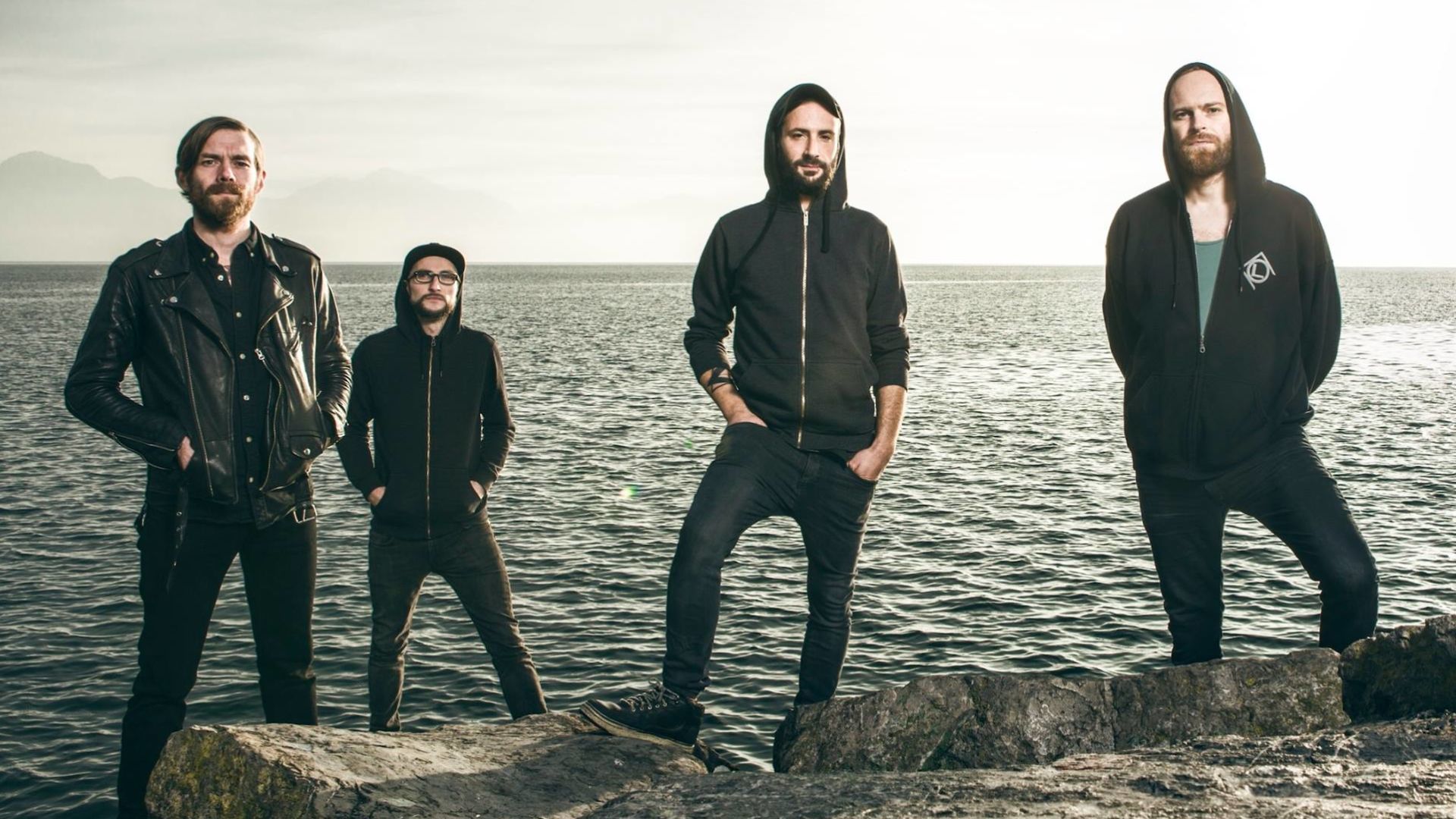Formed in Berlin in 2000 by guitarist/mastermind Robin Staps, the once-collective has gone through well over 60 ex-members, session musicians, guest vocalists and other collaborators, before settling into the concept of being an actual ‘band’, their first stable lineup coming together in 2009. Their sound began with incredibly dark, European hardcore-tinged post-metal instrumentals that owed a great deal to the likes of Breach, Cult of Luna and Neurosis, while gradually adding vocals as a focal point. The group grew up alongside the likes of Mastodon, Opeth, and Between The Buried And Me, before settling into a sound that straddles the ideas of ‘progressive’ metal just as much as it does ‘post’ – all the while sounding kind of nothing like any of the aforementioned. Along the way, Robin has composed and conducted six incredibly epic studio records almost entirely by himself – all with their own unique and dutifully layered concepts.
In 2007, the band released their Precambrian album, and while the band had already written a double album with Fluxion (2004)/Aeolian (2005), this one marked the opportunity to release them as one large pound of incredibly impressive artwork via the likes of international tastemakers Metal Blade Records. The album that dealt with the earliest part of earth’s formation, when things were all volcanoes and tectonic crashes on the Hadean/Archaean side, before the crust began to cool and the first signs of life began to form with the Proterozoic period, all merged lyrically by some of the most significant philosophical ideas that humanity has ever tackled. This set the scale for the albums to come – the 2010 double set of Heliocentric (an album about the belief that the earth is the centre of the universe), and Anthropocentric (about the belief that man is the centre of the universe), and 2013’s Pelagial (an album written as a scientific journey from the waves and sunshine of the Epipelagic zone, all the way to the crushing depths of the Benthic zone, lyrically strung together by a retelling of the 1979 Russian arthouse sci-fi film, Stalker).
Confused and bored, or enthralled and wanting to know more? Either way, bring it forward to 2018. Recorded in Sigur Ros’ Icelandic studio, The Ocean’s forthcoming album Phanerozoic I: Palaeozoic is part one of a two-album series that is conceptually the sequel to the Precambrian album – ‘Permian: The Great Dying’ is the first taste of this new album series that deals with the period where green things started to grow on earth, the extinction events that followed, and Nietzsche’s idea of ‘the eternal recurrence’ – where everything happens again and again through an infinite loop of time. The song contains the most impressive vocal melodies the band has ever accomplished, and feels huge, beautiful, and porous in a way that has one imagining both evolution and extinction taking place underneath their own skin. Colour me excited for this record.







